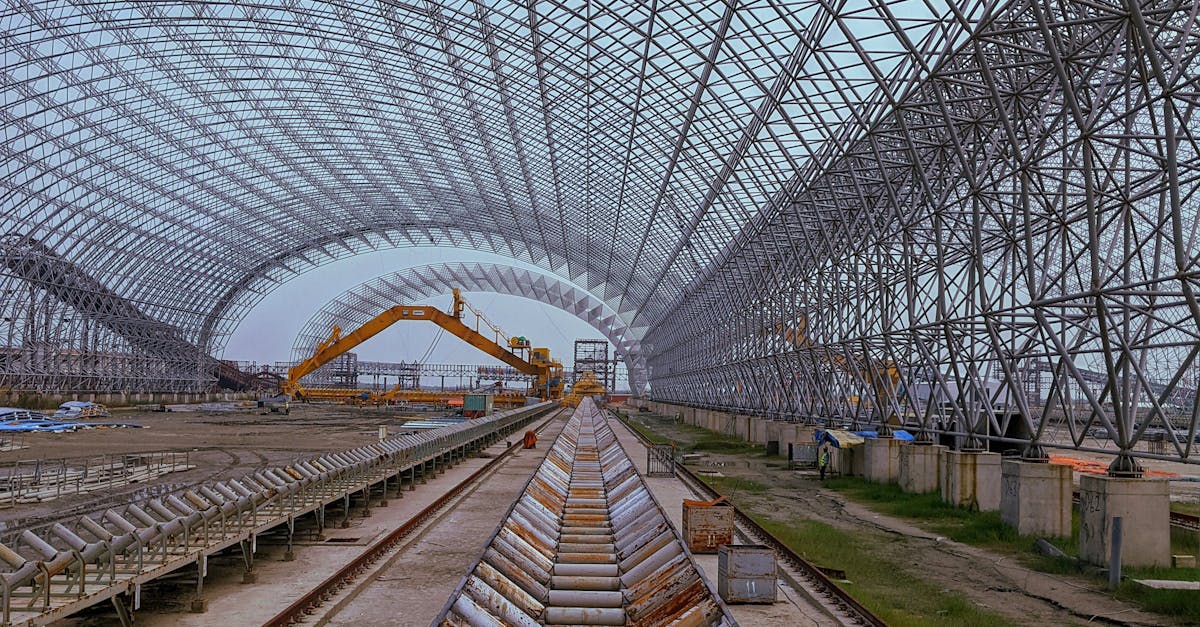Tile To Aluminum Roof Substitution Sydney

Table Of Contents
Tile To Aluminum Roof Substitution Sydney
When considering a roofing project in Sydney, the importance of a thorough evaluation cannot be overstated. A Roof Inspection Checklist Sydney is a vital tool for homeowners looking to replace their roofing materials, particularly when transitioning to tile or ceramic options for their metal roofs. This checklist ensures that all critical elements of the roofing structure are assessed, allowing for a smooth and effective replacement process that meets local building standards and enhances the property's overall aesthetic.
Understanding the nuances of a roof replacement can be complex, especially in a diverse climate like that of Sydney. Homeowners must navigate through various factors, including material selection, installation methods, and long-term durability. Utilizing a roof inspection checklist sydney not only aids in identifying the specific needs of a tile or ceramic roofing system but also plays a crucial role in planning for the ongoing maintenance and oversight required to ensure that the new roof withstands the test of time.
Pros of Switching from Slate Roofs to Metal
Switching from slate roofing for steel offers several pros for homeowners. One pro is resilience. Metal roofs are famed for their ability to withstand harsh weather conditions, including heavy rain, snow, and strong winds. This durability means into a longer lifespan compared to traditional slate options. Furthermore, steel roofs are lightweight, making installation easier and more cost-effective for homeowners.
A further pro of converting to steel roofing is the efficiency of energy use. Steel roofs reflect sunlight, which can help lower cooling costs during hot summers. This also contribute to lower energy bills, while they also promote a more comfortable indoor environment. Additionally, many steel roofing options are designed to be environmentally friendly, resulting in a sustainable choice for homeowners looking to improve their home's efficiency.
Reasons Transitioning to Steel Roofing in New South Wales
Transitioning to steel roofing is a notable decision for residents of New South Wales. The form of roofing provides superior resilience against harsh weather conditions, which is important in the local climate. In addition, steel roofs demand less maintenance, keeping homeowners time and money during the years.
A further perk of transitioning to steel roofing lies in its energy efficiency. Steel roofs deflect heat effectively, which can assist in reducing air conditioning costs during the hot summer months in New South Wales. Moreover, metal roofs are eco-friendly, often made from recycled materials and being fully recyclable at the end of their lifespan. Such combination of benefits makes this decision to transition to steel roofing a smart investment for residents of Sydney.
Common Problems When Upgrading Tile Roofing to Metal
Upgrading tile roofing to metal can introduce several challenges for homeowners. An initial issue is a weight difference between tile and metal materials. Slate roofing are generally heavier, which may require modifications to the existing roof structure to ensure it can support the new material. Additionally, a conversion from a roofing type to the other often requires compliance with local building codes, which can add complexity to the project.
Another frequent issue involves a possible for leaks or gaps during the installation process. Metal roofs require precise fitting and sealing to prevent water infiltration, which can lead to problems down the line. Inadequate installation techniques may not only compromise the roof's integrity but also result in higher maintenance costs. Furthermore, a shift in roofing style may also affect the home’s overall aesthetic, prompting residents to consider their choices carefully before proceeding.
How to Tackle Issues in Roof Upgrade
Replacing a metal roof instead of a ceramic roof can present various issues. A primary concern is a strength of the existing framework. Before the installation, it is essential to assess the condition of the underlying structure. Identifying weaknesses in the frame can lead to complications during the replacement process. Making necessary reinforcements can ensure a successful transition to the new roofing material.
Another issue that may arise is the adaptation of the roof's design. Metal roofs can differ greatly in appearance compared to tile roofs. Residents should consider how the new roof will integrate with the overall architecture of their home. Thoughtful planning and consultation with roofing professionals can help in selecting a style that complements the existing structure. This steps can considerably enhance both the performance and visual appeal of the home.
Understanding Fitting Steps for Ceramic to Aluminum Roofing Replacement
Replacing the tile roofing to aluminum often is a crucial home improvement endeavor. This installation process includes thorough planning and a appropriate materials. To start, a existing roofing must be safely removed, that guarantees a strong structure for the aluminum roofing.
Next, a installation for fresh aluminum roofing can start. This process involves placing each aluminum panels across the set structure. Correct sealing and fastening are critical to confirm rain resistance and longevity. Finally, a wrap-up inspection becomes crucial to confirm everything is implemented properly.
Step-by-Step Guide of Roof Replacement Fitting
Switching your tiled roof to a steel roof can appear intimidating at first. Yet, with a detailed explanation, the process turns easier. First, it is critical to inspect the existing tile roof for any damage or vulnerabilities. Next, thoughtfully remove the tiles while ensuring the underlying structure remains intact.
When the tiles are removed, placing the metal roofing requires proper preparation of the decking. This step involves adding a moisture barrier to protect the roof from water damage. Then, the metal panels can be fastened to the roof structure with the appropriate fasteners. Finally, it is imperative to ensure all seams are sealed properly to prevent leaks. Completing the project involves a thorough inspection to ensure everything is set correctly.